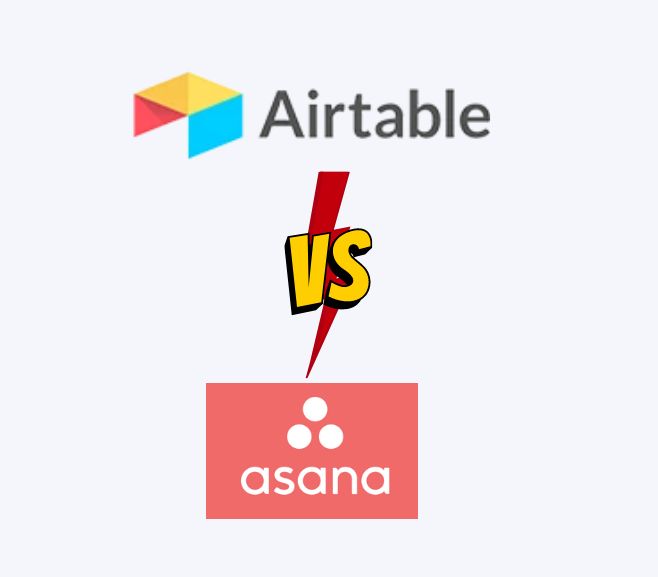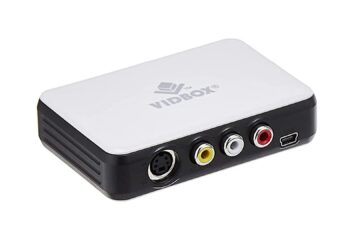Project management is an essential component of any business operation. It involves planning, organizing, and managing resources to achieve specific goals and objectives. In today’s fast-paced business environment, the need for efficient project management tools cannot be overstated. Airtable and Asana are two popular project management tools that offer different features and functionalities. In this article, we will provide an overview of Airtable and Asana, compare their features, and discuss their benefits.
Airtable Demo

Airtable is a cloud-based project management tool that combines the features of a spreadsheet and a database. It allows users to create custom workflows, organize data, and collaborate with team members. Airtable demo uses a visual interface that makes it easy for users to manage tasks, track progress, and make changes on the fly. Some of the features of Airtable include:
- Customizable Views: Airtable allows users to customize their views to match their workflows. Users can choose from various templates or create their own views to suit their needs.
- Collaboration: Airtable provides real-time collaboration features that allow team members to work together on projects. Users can comment, assign tasks, and share files within the platform.
- Integrations: Airtable integrates with various third-party tools, including Zapier, Slack, and Google Drive. This allows users to streamline their workflows and automate repetitive tasks.
- Mobile App: Airtable has a mobile app that allows users to access their projects and data from anywhere. The app is available for both iOS and Android devices.
Asana Demo

Asana is a web-based project management tool that helps users manage tasks, projects, and teams. It provides a range of features that make it easy for users to collaborate, track progress, and manage deadlines. Some of the features of Asana include:
- Task Management: Asana demo allows users to create tasks, assign them to team members, and set deadlines. Users can also add subtasks and dependencies to tasks to make sure they are completed in the right order.
- Timeline View: Asana provides a timeline view that allows users to see all their tasks and projects in a single timeline. This makes it easy for users to track progress and make adjustments as needed.
- Customizable Dashboards: Asana allows users to create custom dashboards that provide a snapshot of their projects. Users can add widgets, such as calendars and project status updates, to their dashboards.
- Integrations: Asana integrates with various third-party tools, including Google Drive, Slack, and Trello. This allows users to streamline their workflows and automate repetitive tasks.
Also Read: Asana Demo vs Aha Demo: Choosing the Right Tool for Your Business
Comparison of Airtable and Asana
Both Airtable and Asana offer a range of features that make project management easier. However, they have some differences in terms of their functionality and target users. Here is a comparison of Airtable and Asana:
- Customization: Airtable provides more customization options than Asana. Users can create custom workflows and views to match their needs. Asana, on the other hand, is more structured and provides predefined workflows.
- Complexity: Airtable is more complex than Asana due to its customizable features. It may require more time to set up and learn how to use compared to Asana.
- Target Users: Airtable is suitable for users who need to manage complex projects that require custom workflows and data organization. Asana is suitable for users who need a more straightforward project management tool that is easy to use and provides predefined workflows.
- Pricing: Airtable has a free plan and paid plans that start at $12 per user per month. Asana has a free plan and paid plans that start at $10.99 per user per month.
Benefits of Airtable
Airtable is a powerful project management tool that provides numerous benefits to users. Here are some of the key benefits of using Airtable:
- Customization: One of the main benefits of Airtable is its high level of customization. Users can create custom workflows and views to match their specific needs. This allows users to organize data in a way that makes sense to them and to create processes that fit their unique business needs.
- Collaboration: Airtable provides real-time collaboration features that allow team members to work together on projects. Users can comment, assign tasks, and share files within the platform. This improves communication and helps teams stay on the same page.
- Integrations: Airtable integrates with various third-party tools, including Zapier, Slack, and Google Drive. This allows users to streamline their workflows and automate repetitive tasks. Integrations also make it easier to share data between different tools and platforms.
- Mobile App: Airtable has a mobile app that allows users to access their projects and data from anywhere. The app is available for both iOS and Android devices. This allows users to stay connected and productive, even when they are away from their desks.
- Versatility: Airtable is a versatile tool that can be used for a wide range of tasks, including project management, data organization, and content creation. Its flexibility makes it suitable for businesses of all sizes and industries.
- User-friendly Interface: Despite its high level of customization, Airtable has a user-friendly interface that is easy to navigate. Users can quickly create and manage tasks, customize views, and collaborate with team members.
- Pricing: Airtable has a free plan and paid plans that start at $12 per user per month. This makes it affordable for businesses of all sizes, and users can upgrade to a paid plan as their needs grow.
Overall, Airtable is a powerful tool that provides numerous benefits to businesses of all sizes. Its customization options, collaboration features, integrations, and mobile app make it a versatile and user-friendly project management tool.




